
KINGREAL UNIVERSAL IND., LTD
Phone
+86-13702855825| IMD injection molding is a production method that uses injection molding to combine decorative film with injection molding. To produce a high-quality appearance effect and endow the product great wear resistance, scratch resistance, chemical corrosion resistantism, and other properties, this technology embeds the decorative film into the plastic product's surface during IMD molding. Originally developed in the United States in the 1980s, the IMD injection molding was first applied in the production of automotive interior components. It was afterwards rapidly broadened into many areas including medicine, communications, electronics, and home products. | 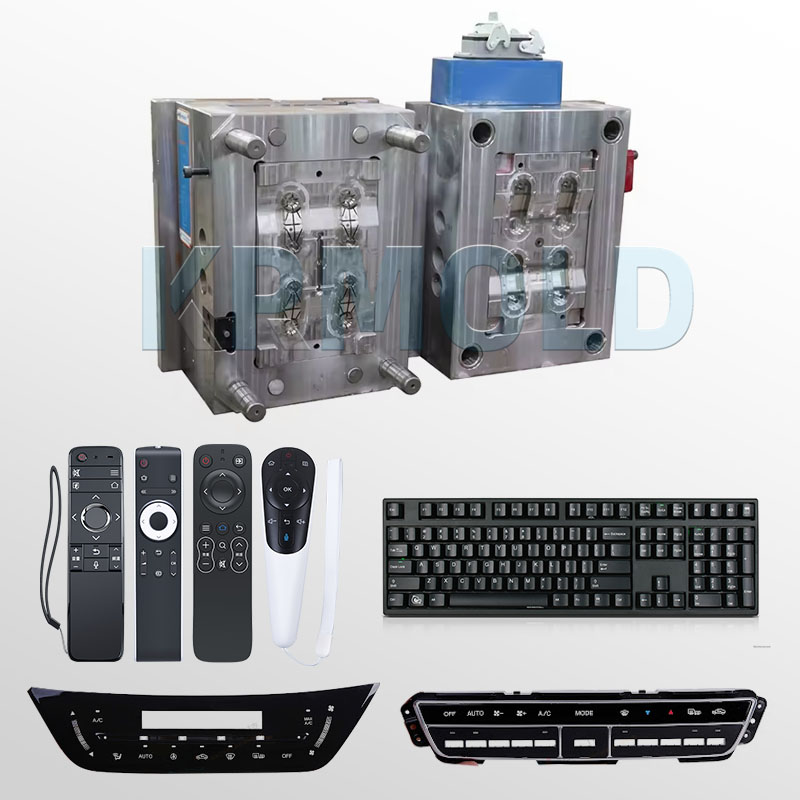 |
| 1 | Basic Principle and Processes of IMD Molding |
| 2 | When to Consider IMD Molding? |
| 3 | Advantages of IMD Molding |
| 4 | Application of IMD Molding |
1.Basic Principle and Processes of IMD Molding
(1) Principle of IMD injection molding
IMD molding is fundamentally the process of printing the pattern on the foil film, so fitting the film to the mold cavity via the film feeder, and then injecting molding. Once the IMD injection molding is finished, the ink layer with the pattern will detach from the foil film carrier and stick to the plastic component's surface, hence producing a plastic part with a decorative pattern. This technique greatly enhances product quality and production efficiency by integrating IMD molding and decoration.
(2) Procedure of IMD molding
The IMD injection molding technique consists mostly of the following phases:
Choose appropriate film materials and plastic feedstock.
To enhance the molding quality, make sure the mold surface is clean.
Put the printed film precisely into the mold.
Adjust the injection molding machine's temperature, pressure, time, and other settings.
Inject the melted plastic into the mold to create a preliminary component using injection molding.
Hot pressing: Hot pressing further ensures the combination of the film and the plastic.
Cooling and demoulding: After the product is cooled, the demoulding operation is performed.
Post-processing: Finishing and quality inspection of the finished product.
In this series of processes, injection molding and hot pressing are key links, which directly determine the final quality and appearance of the product.
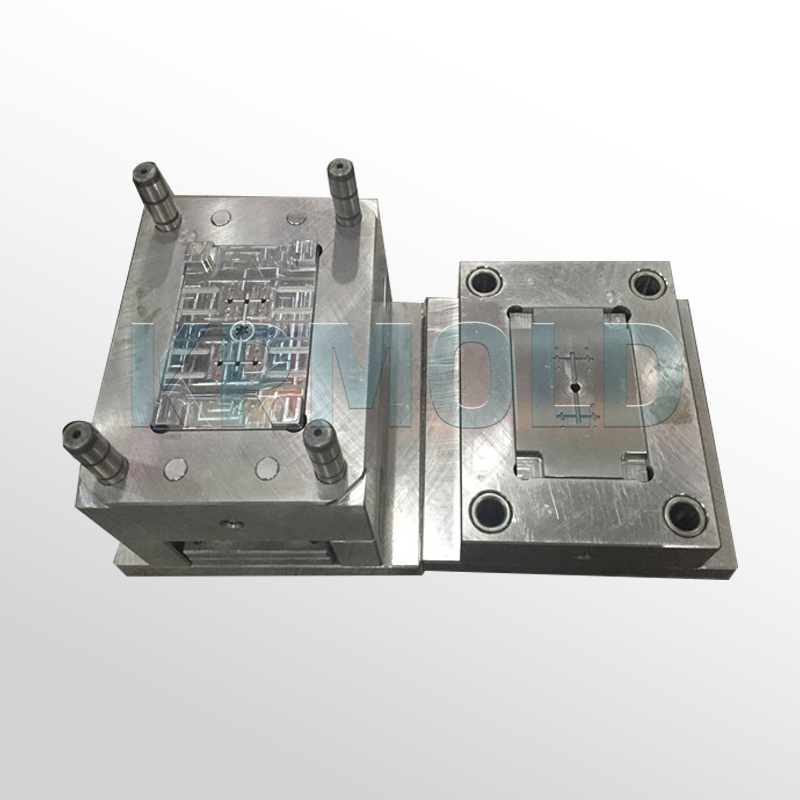
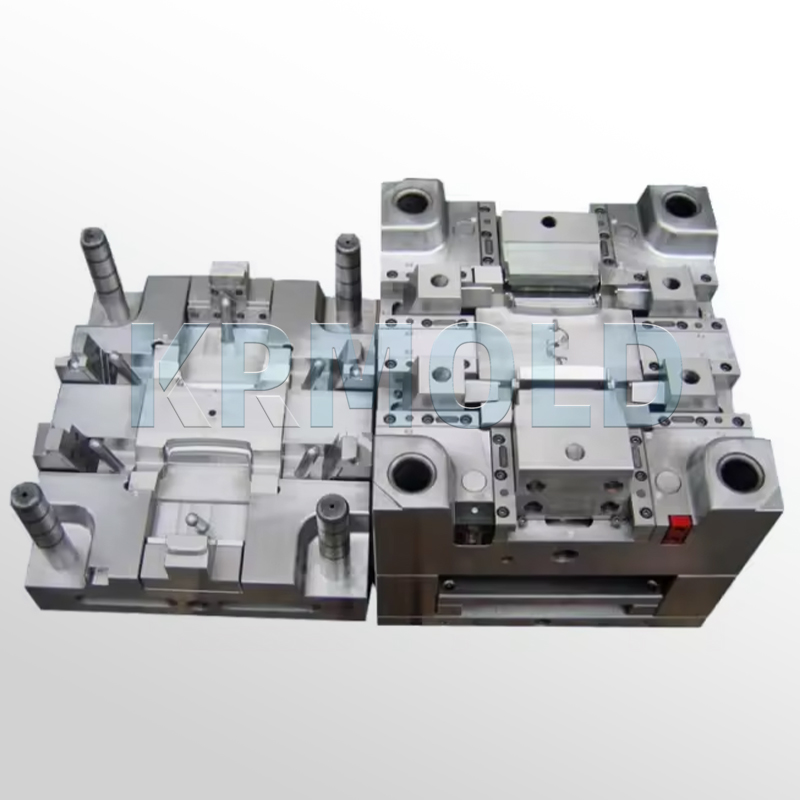
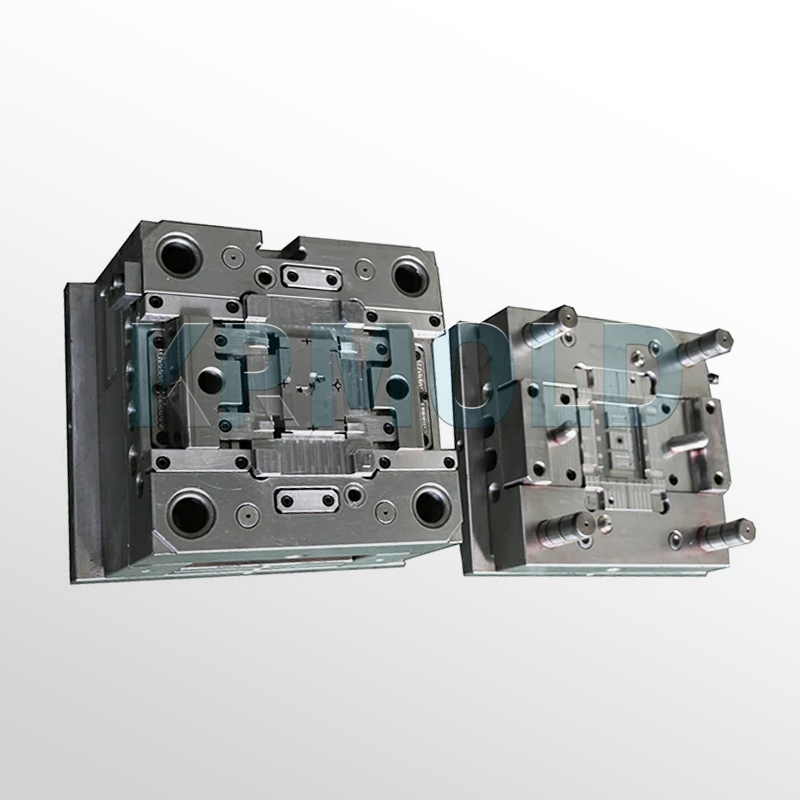
2.When to Consider IMD Molding?
When deciding whether to adopt IMD molding technology, manufacturers need to consider the following key factors:
(1) Product appearance requirements
If the product requires a unique appearance and high-quality decoration, IMD injection molding is an ideal choice. It can achieve rich color and pattern designs to meet the market's demand for personalization and diversification.
(2) Cost-Benefit Analysis
Although the initial investment in IMD may be higher, it may bring significant cost savings in the long run by reducing the need for multiple molds and reducing production hours. Therefore, a detailed cost-benefit analysis is necessary.
(3) Production scale and time
IMD molding generally requires longer development time, so this factor should be taken into account when planning production time. If time is relatively tight, other faster manufacturing methods may need to be considered.
(4) Design complexity
For products that require complex designs, IMD injection molding can provide greater flexibility and freedom. If the product design is relatively simple, traditional injection molding may be more efficient.
(5) Supply chain management
IMD molding involves multiple suppliers and complex supply chain management, so it is crucial to ensure that there are suitable suppliers and good communication channels before deciding to adopt this technology.
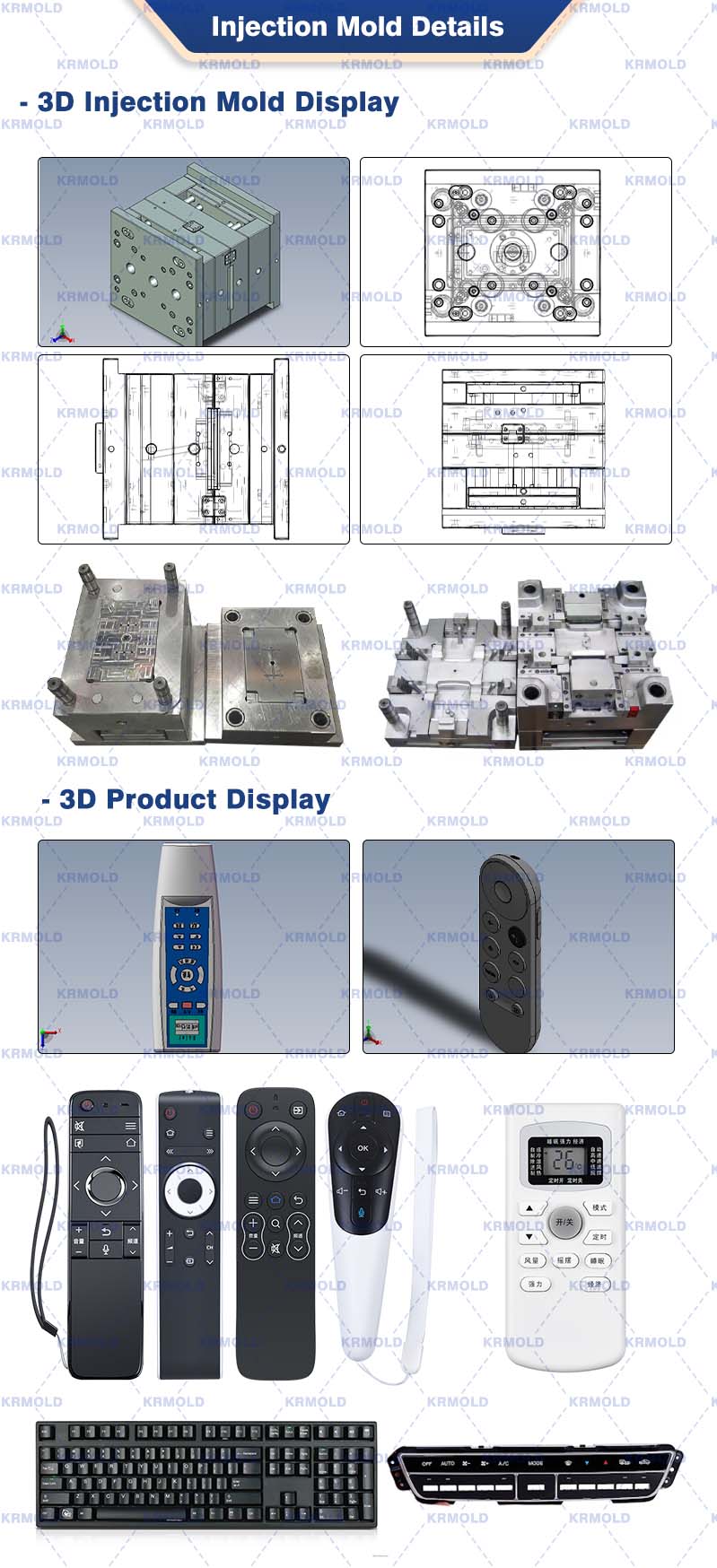
3.Advantages of IMD Molding
IMD injection molding technology has several significant advantages, making it increasingly popular in modern manufacturing.
(1) Reduce costs and work hours The IMD process only requires one set of molds, avoiding the situation where multiple sets of molds are required in other traditional processes, thereby reducing system costs and inventory costs. This simplified manufacturing process improves production efficiency.
(2) Simplified process IMD injection molding achieves simultaneous molding and decoration through one-time injection molding, significantly reducing production hours. This advantage makes the production process more efficient and stable, which helps to improve the ability of large-scale production.
(3) Product stability and durability Since the ink layer is located between the sheet and the IMD molding material, IMD molded products have better wear and corrosion resistance. The patterns and colors in the plastic interlayer are not only colorful, but also can be changed at any time without changing the mold, which greatly improves the design flexibility of the product. | 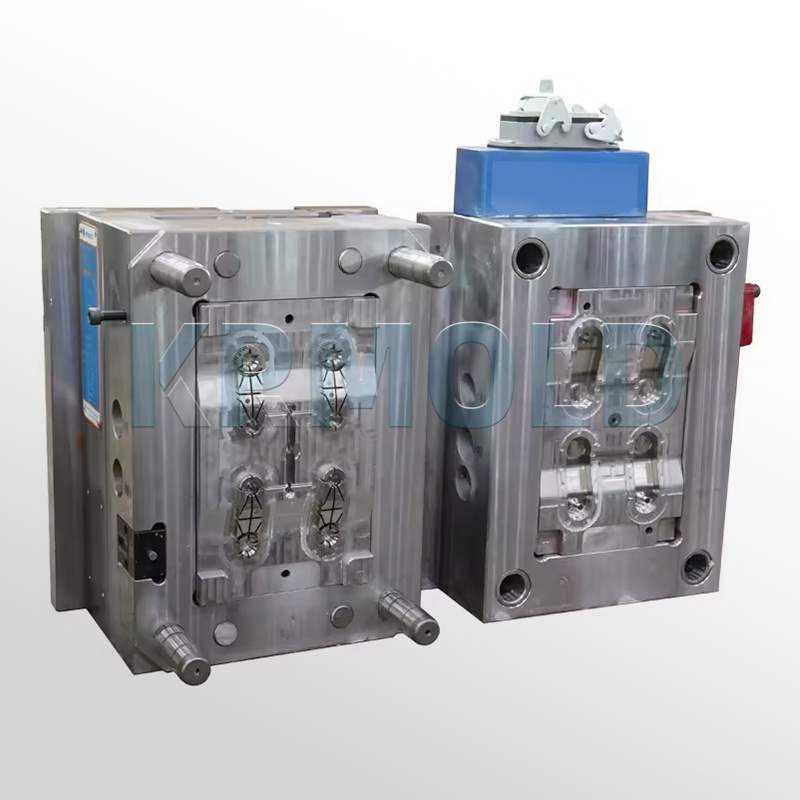 |
(4) Support 3D complex shape design IMD injection molding can achieve diversified designs such as patterns, colors, fonts and LOGO, and can create special effects of metal electroplating or natural materials according to customer needs. These effects are often unattainable by traditional spray painting and electroplating.
(5) High yield rate During the IMD molding process, the finished product does not touch the film, avoiding contamination and ensuring a high yield rate. High-pressure molding allows stretching up to 25 cm, which is suitable for making 3D products and high-stretch products.
(6) Flexibility of film thickness variation The IMD molding process allows the thickness of the film material to vary without changing the molding mold. This means that different types of films, such as leather or velvet materials, can be used, thereby improving the grade and quality of the product. | 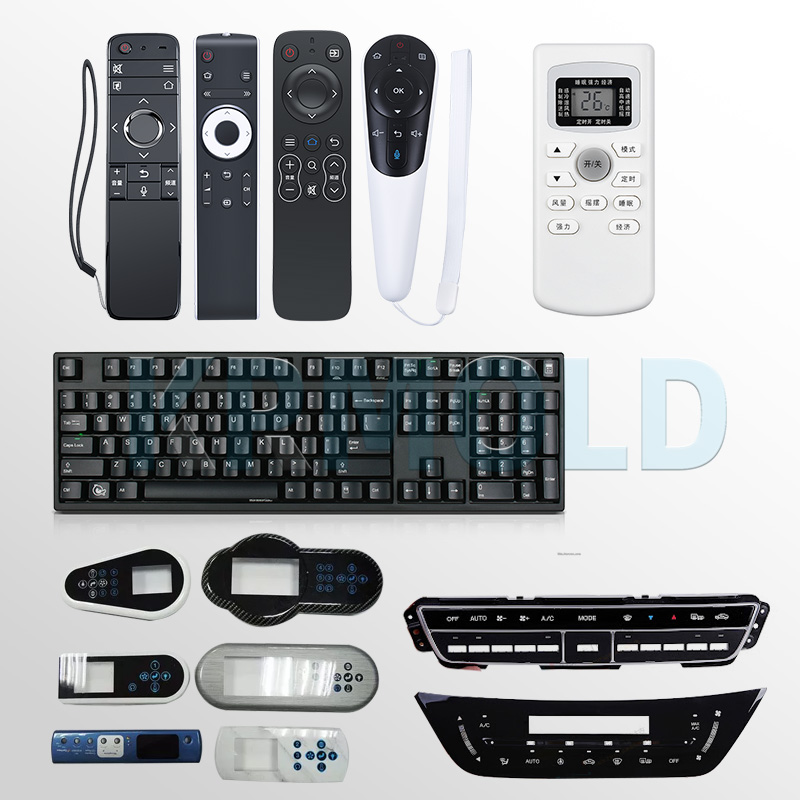 |
4.Application of IMD Molding
IMD injection molding technology has a wide range of applications, covering multiple industries, including: (1) Electronics Industry In the electronics industry, IMD injection molding technology is widely used in decorative shells and labels of products such as MP3, MP4, computers, VCD, DVD, electronic notepads and cameras. Through IMD molding technology, diversified design and appearance effects can be achieved, enhancing the market competitiveness of products. (2) Communications Industry In the communications industry, IMD injection molding technology is mainly used for mobile phone buttons, shells and window lenses. The application of IMD molding can improve the appearance quality and user experience of mobile phones and attract consumers' attention. (3) Other industries IMD injection molding technology has also been applied in many fields such as cosmetic boxes, gift boxes, decorative boxes, toys, plastic products, sports and leisure equipment. These products have high requirements for appearance quality and durability, and IMD injection molding technology can provide high-quality solutions. | 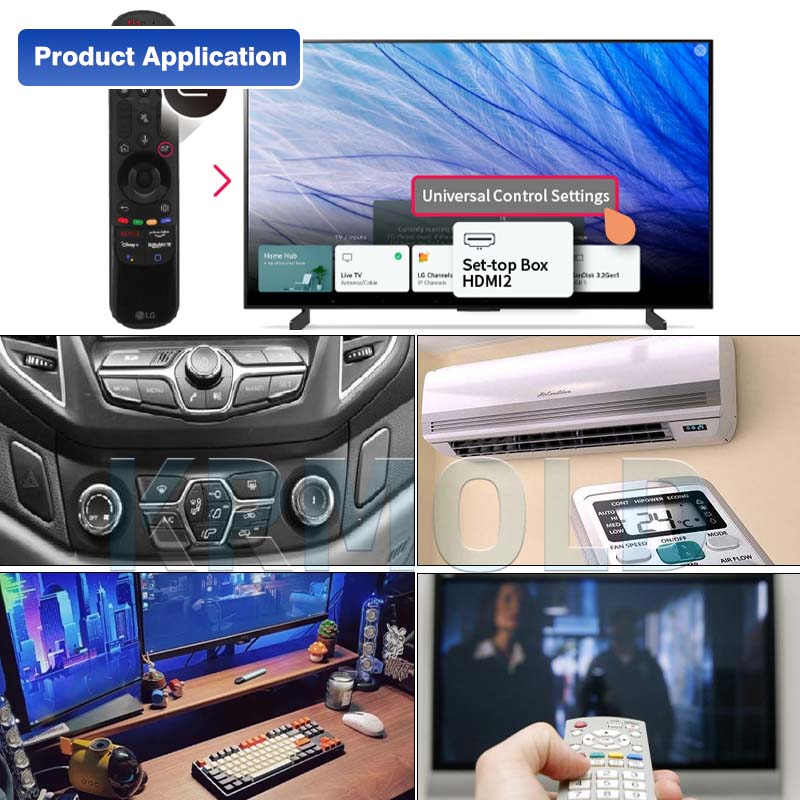 |